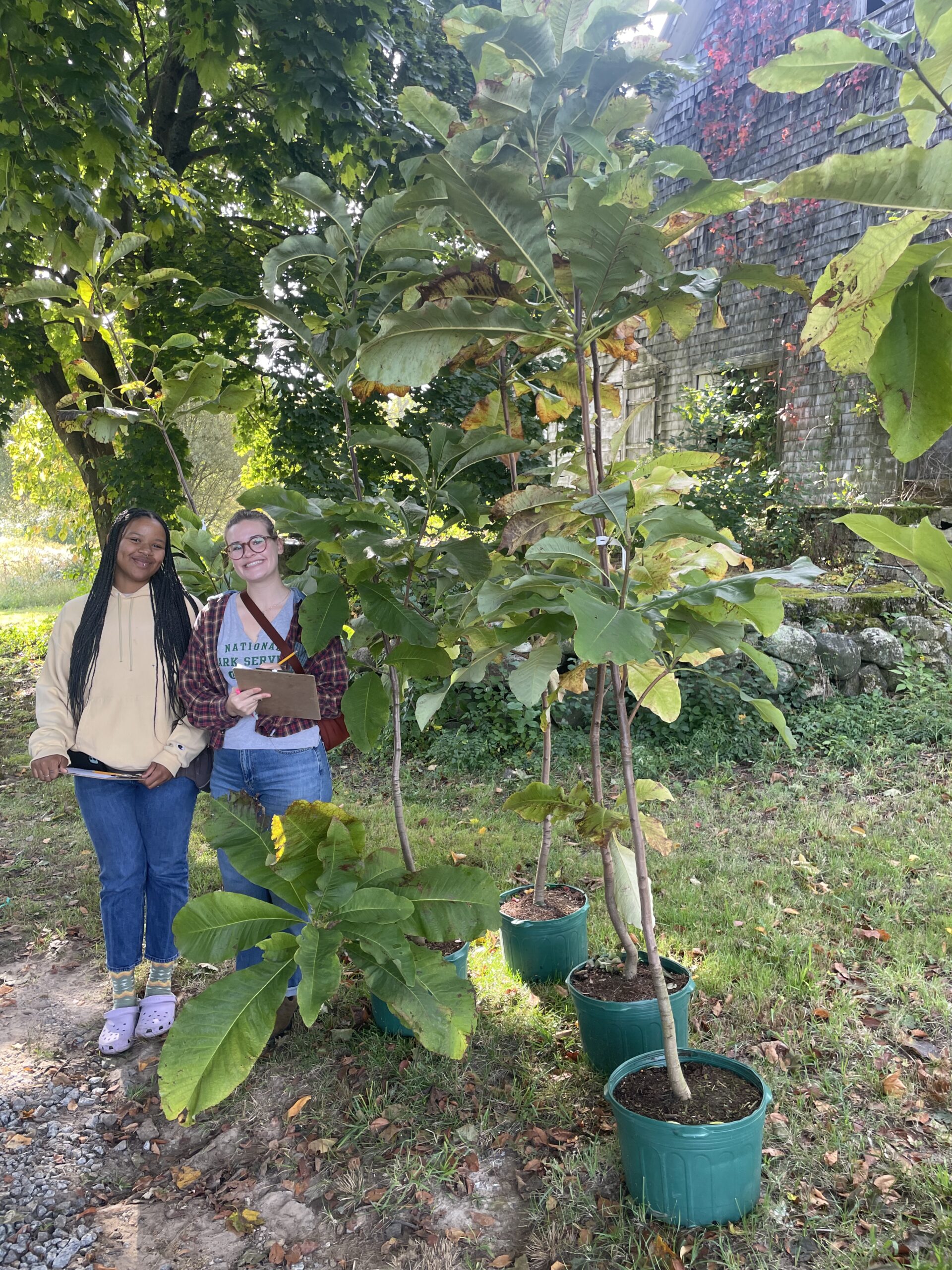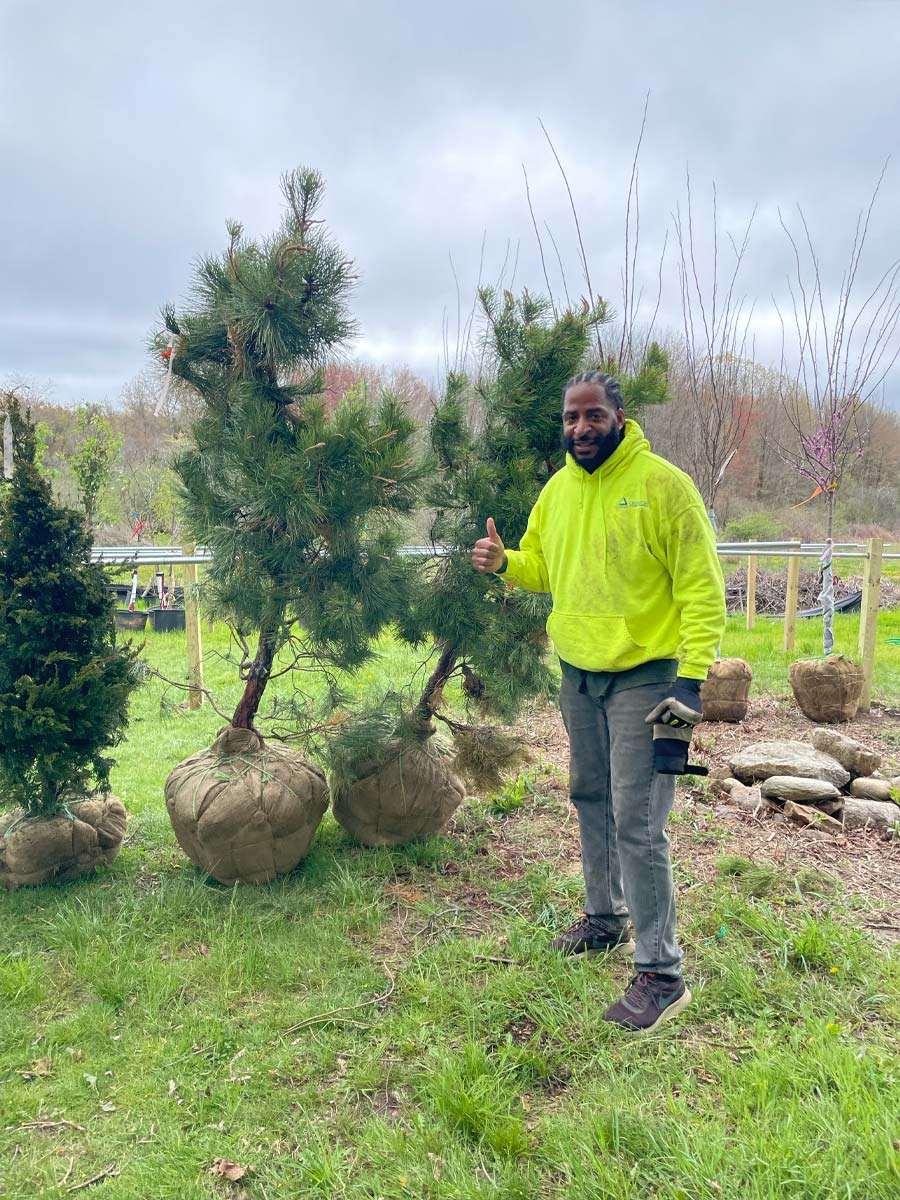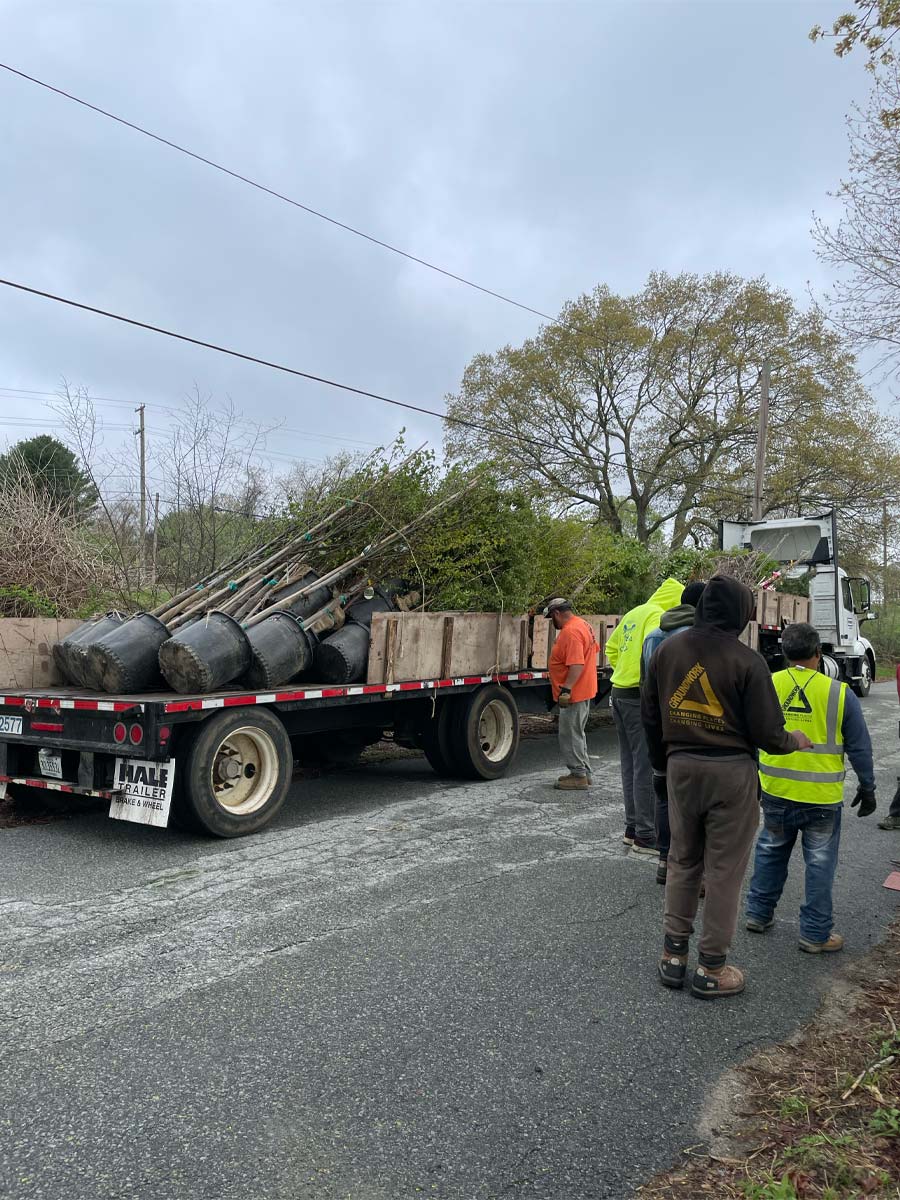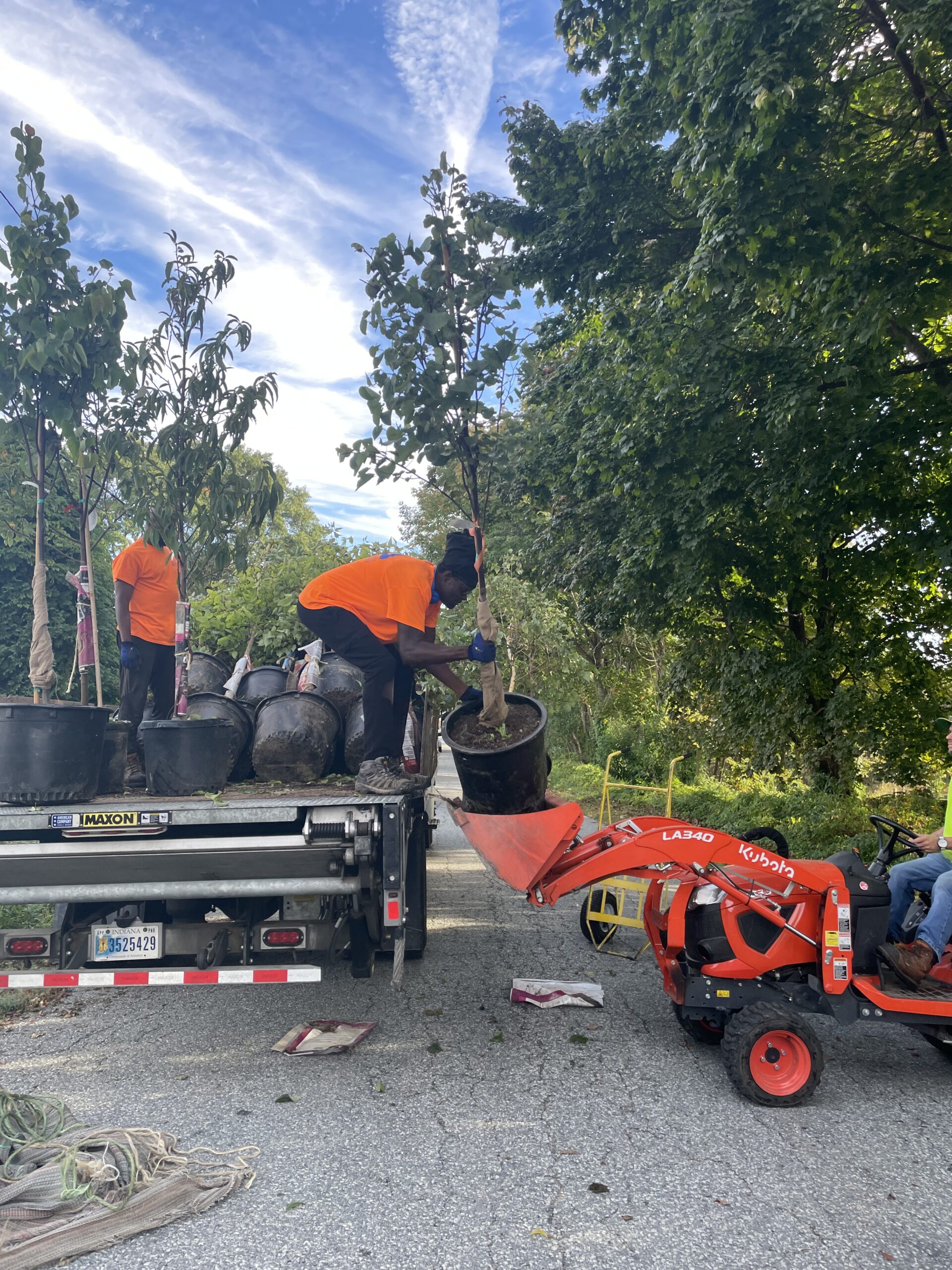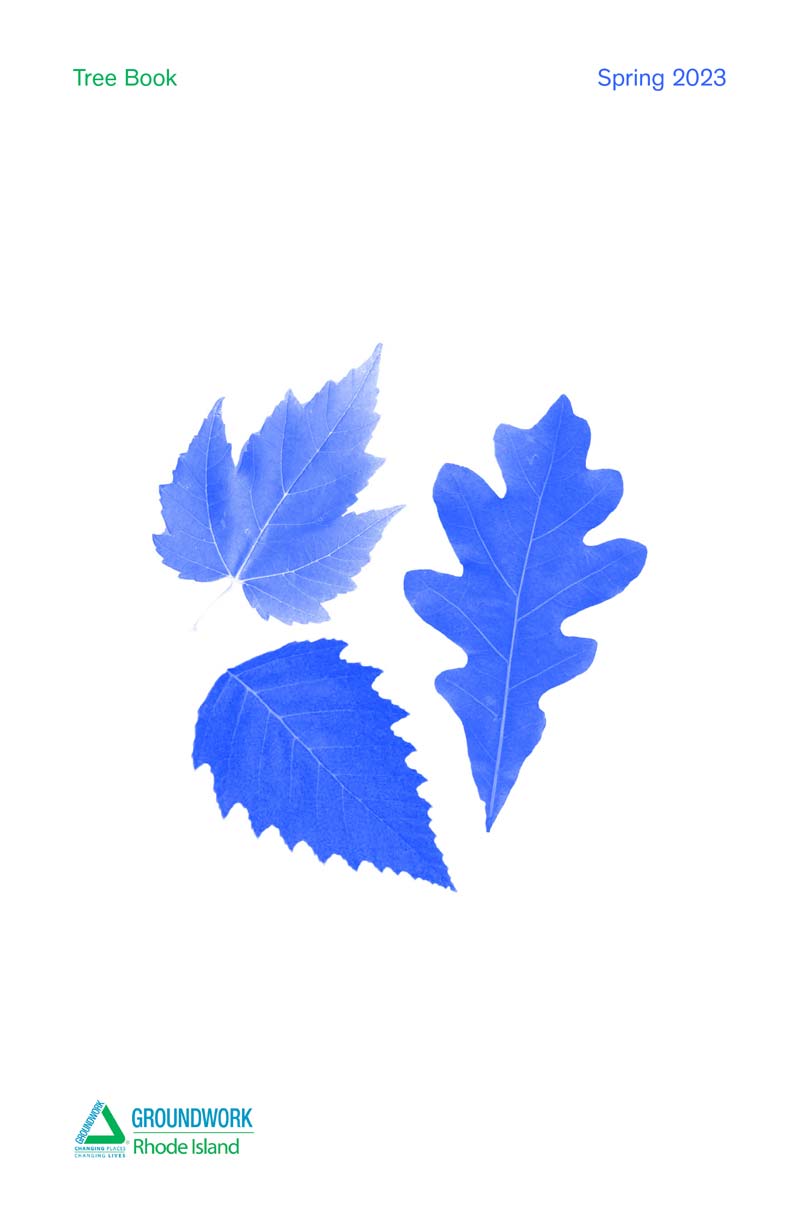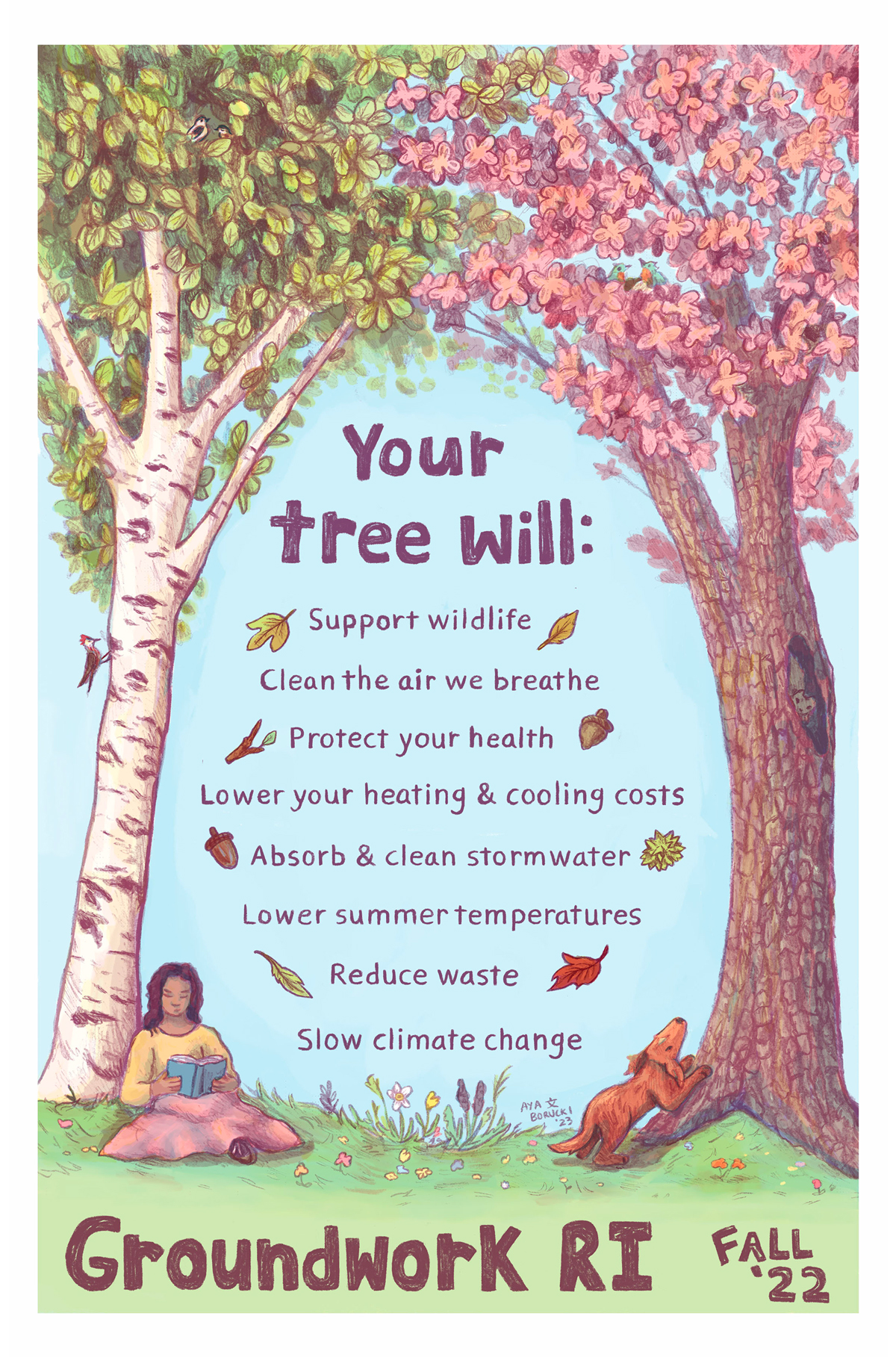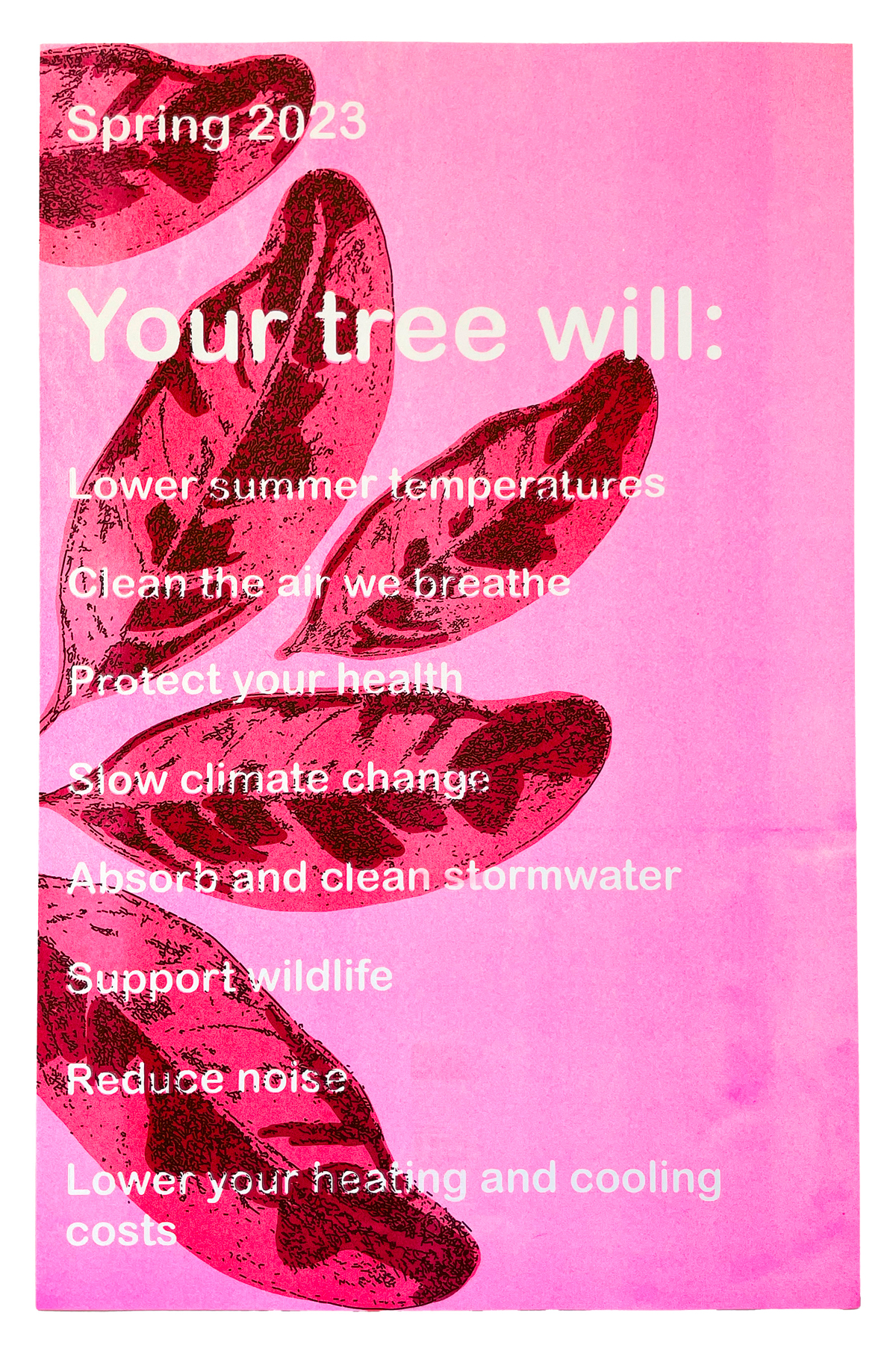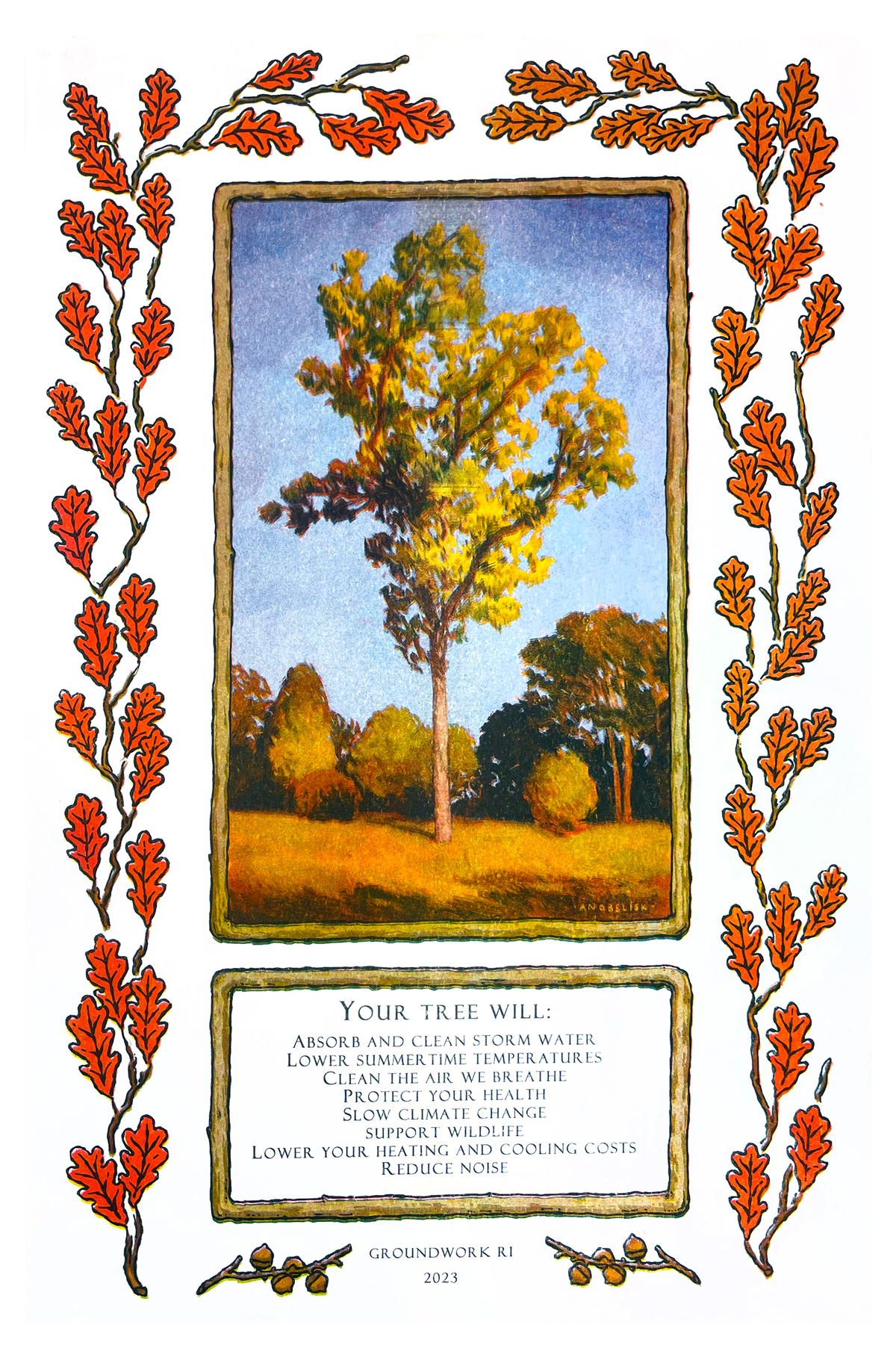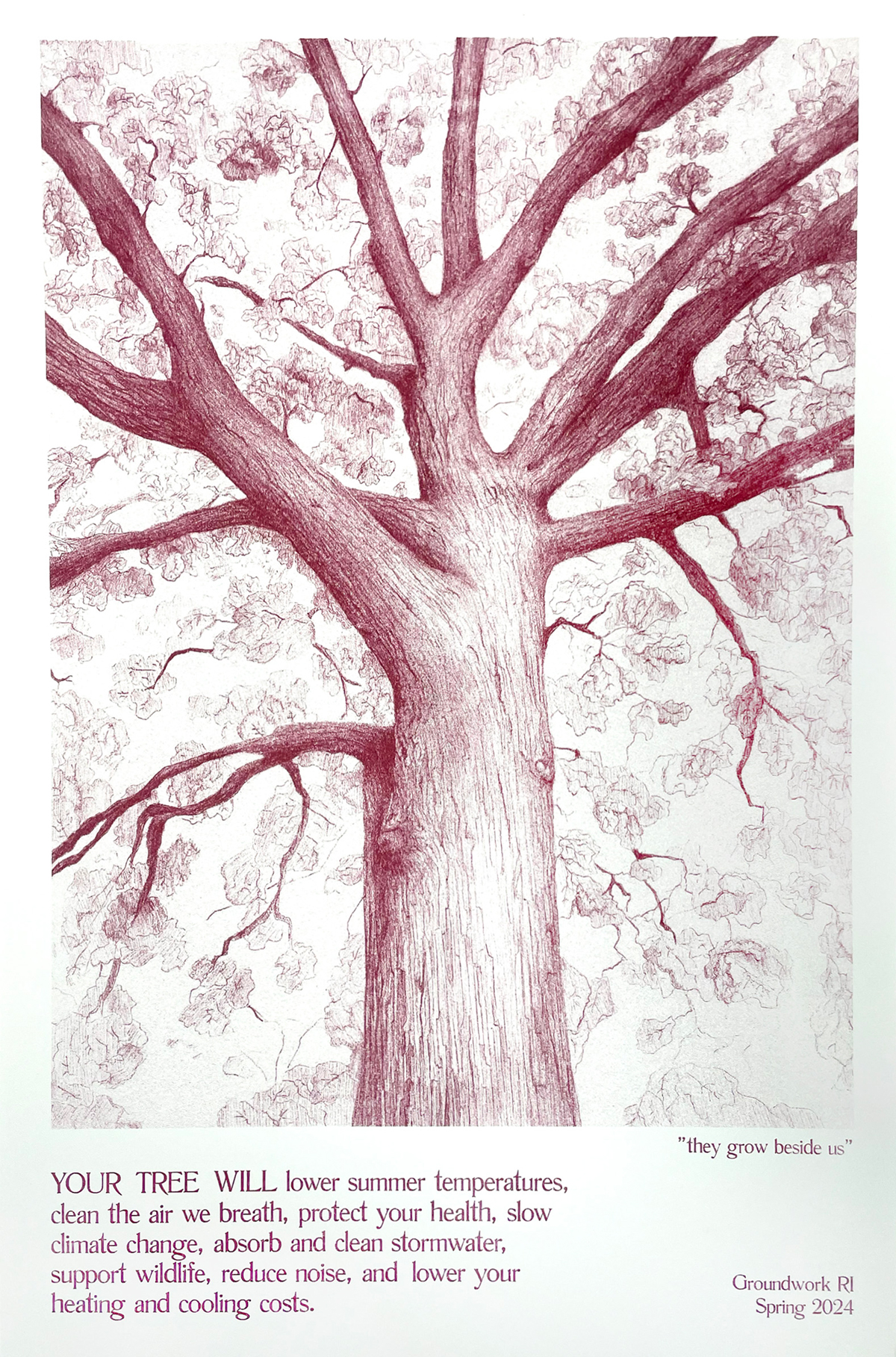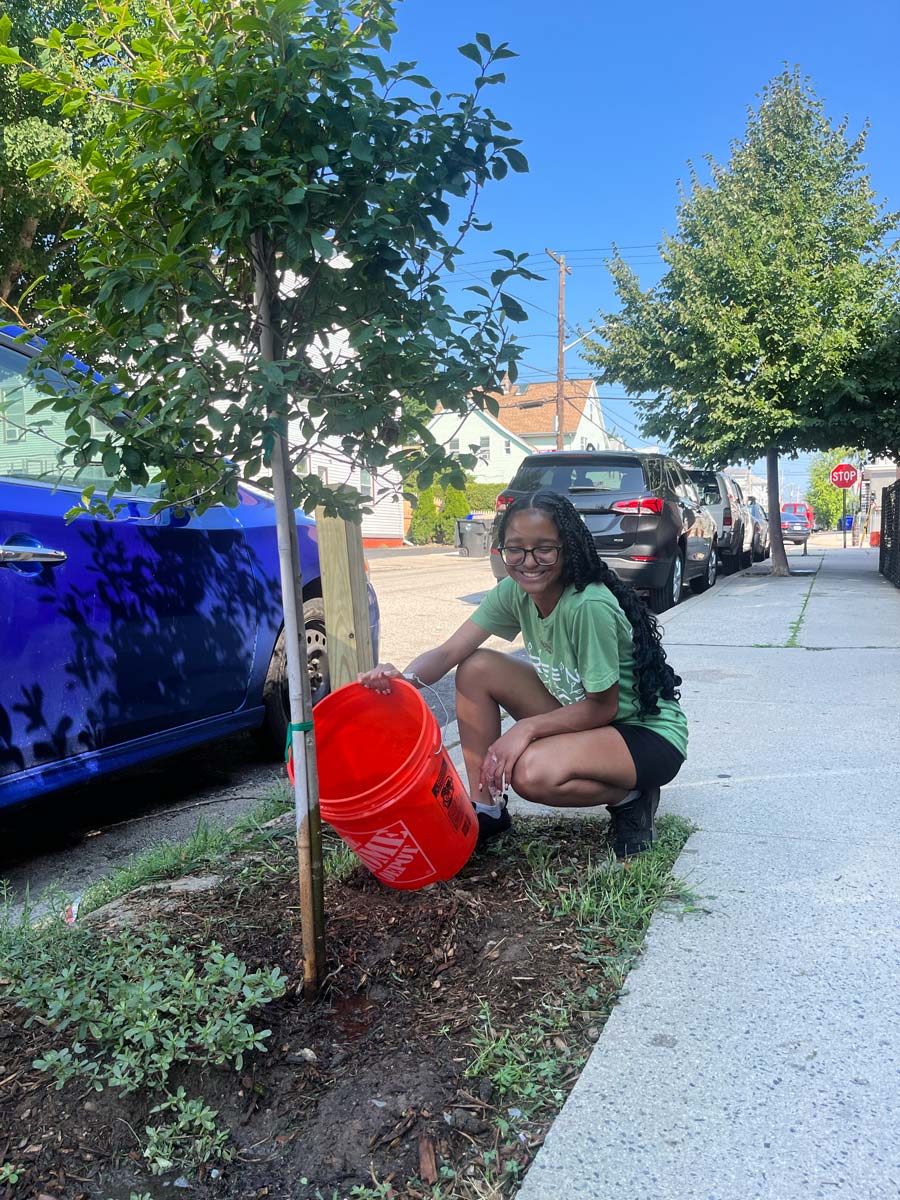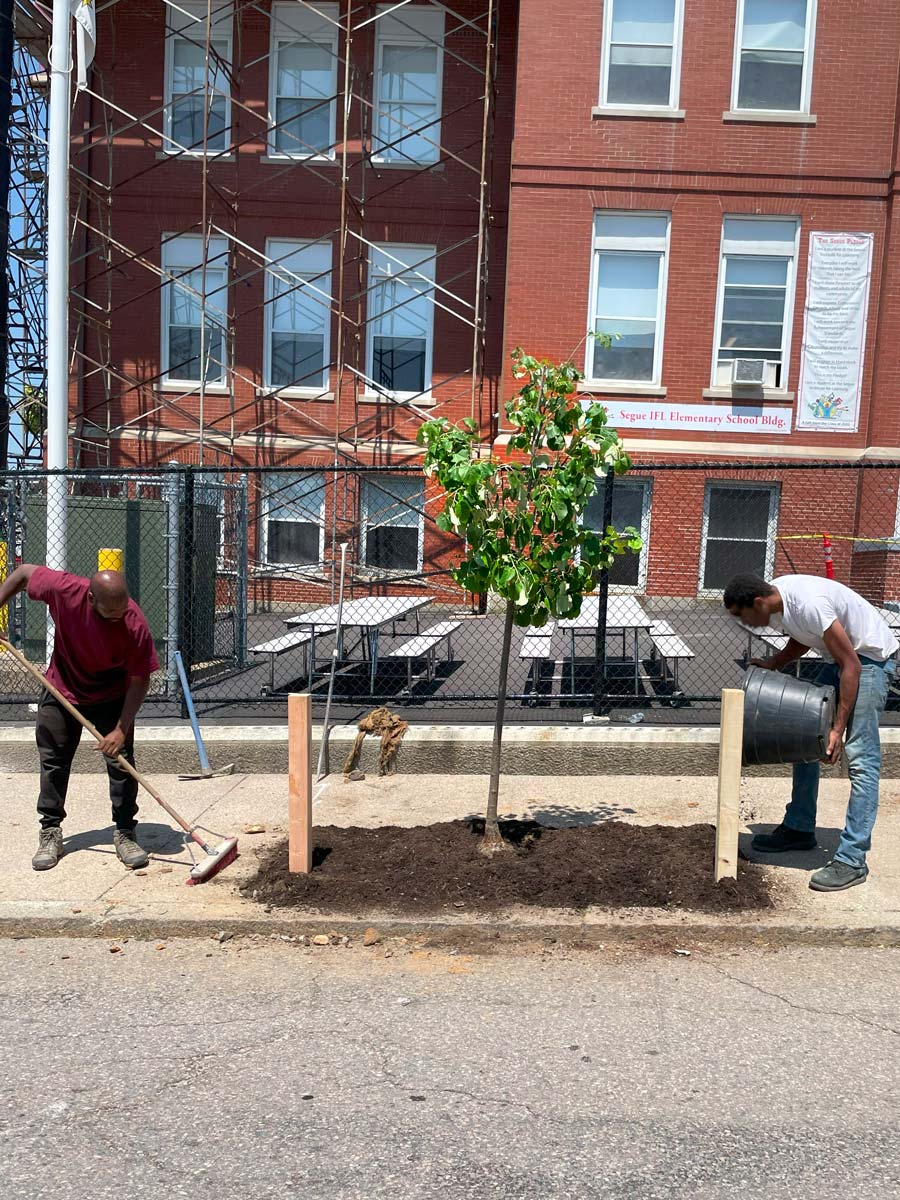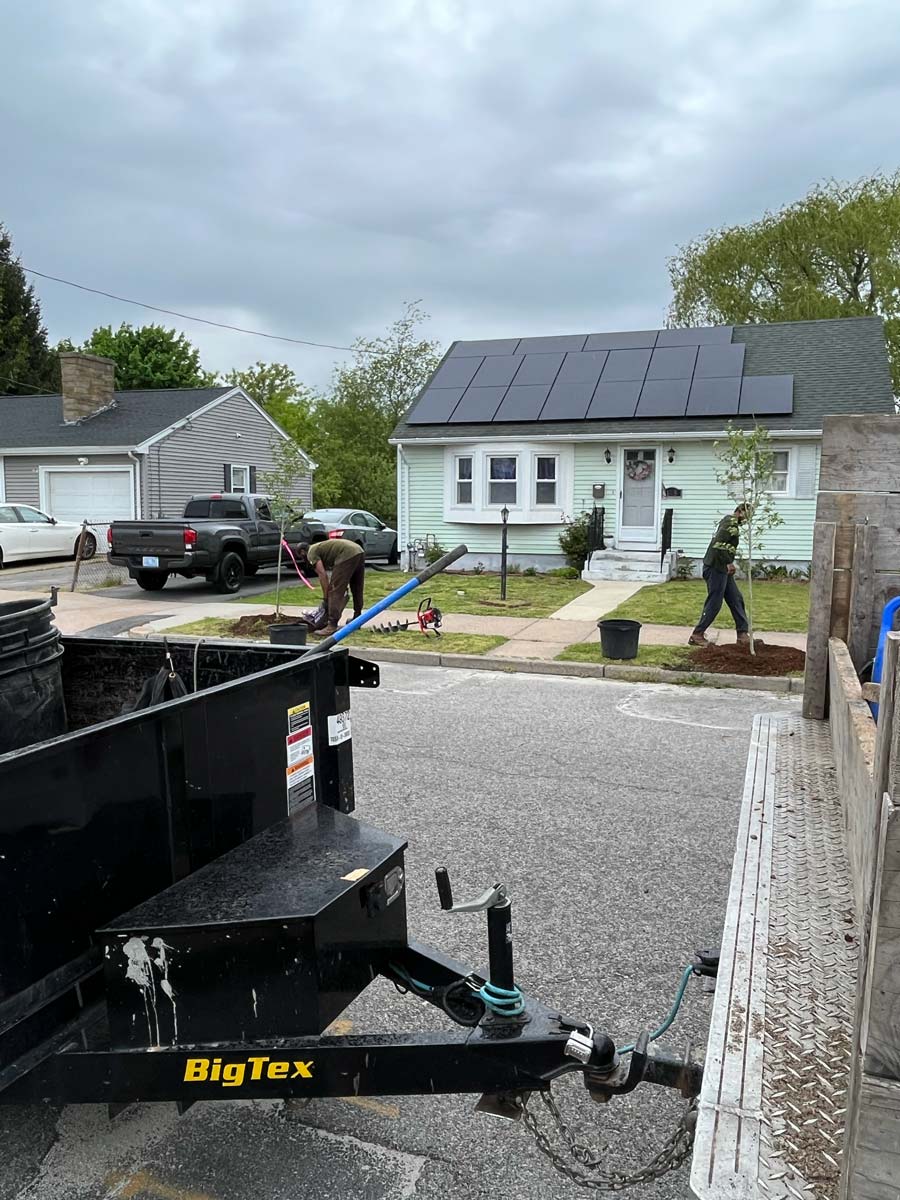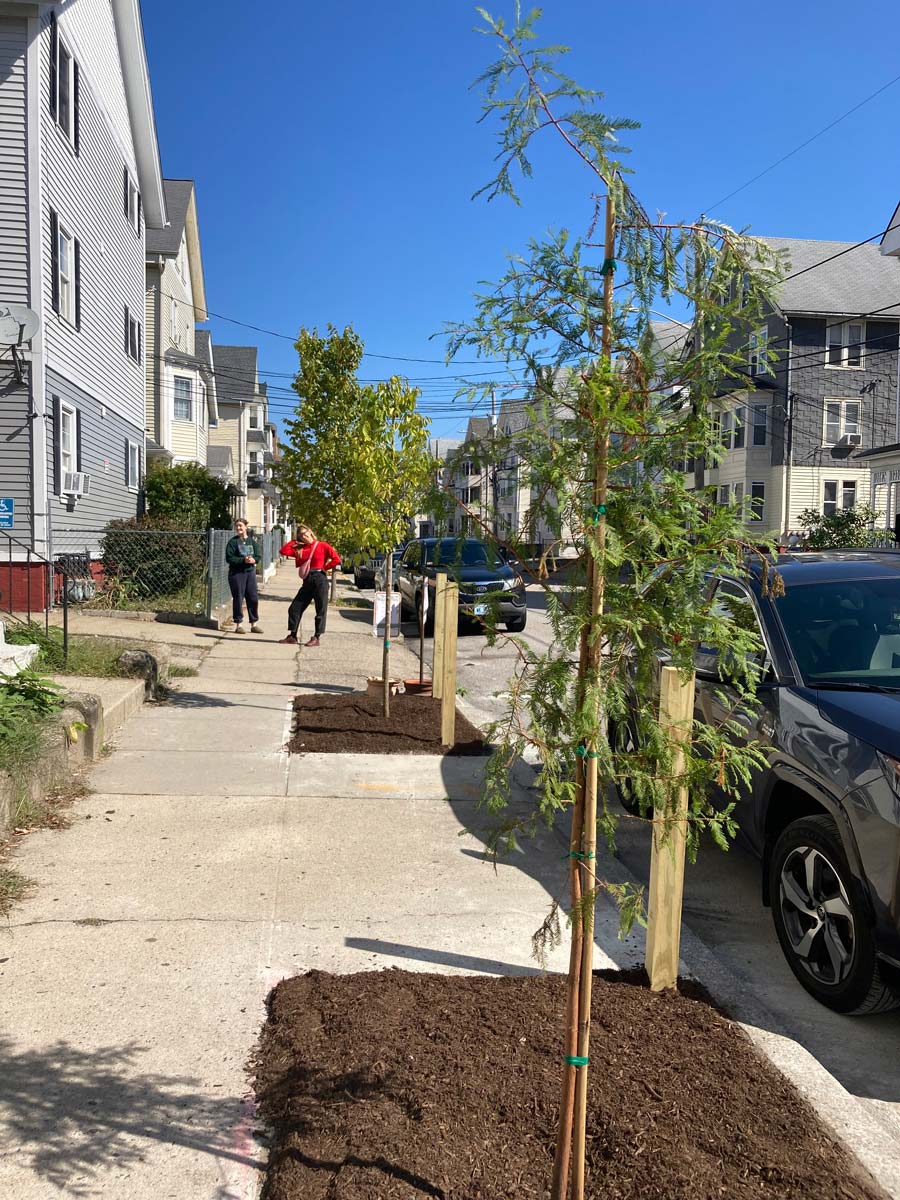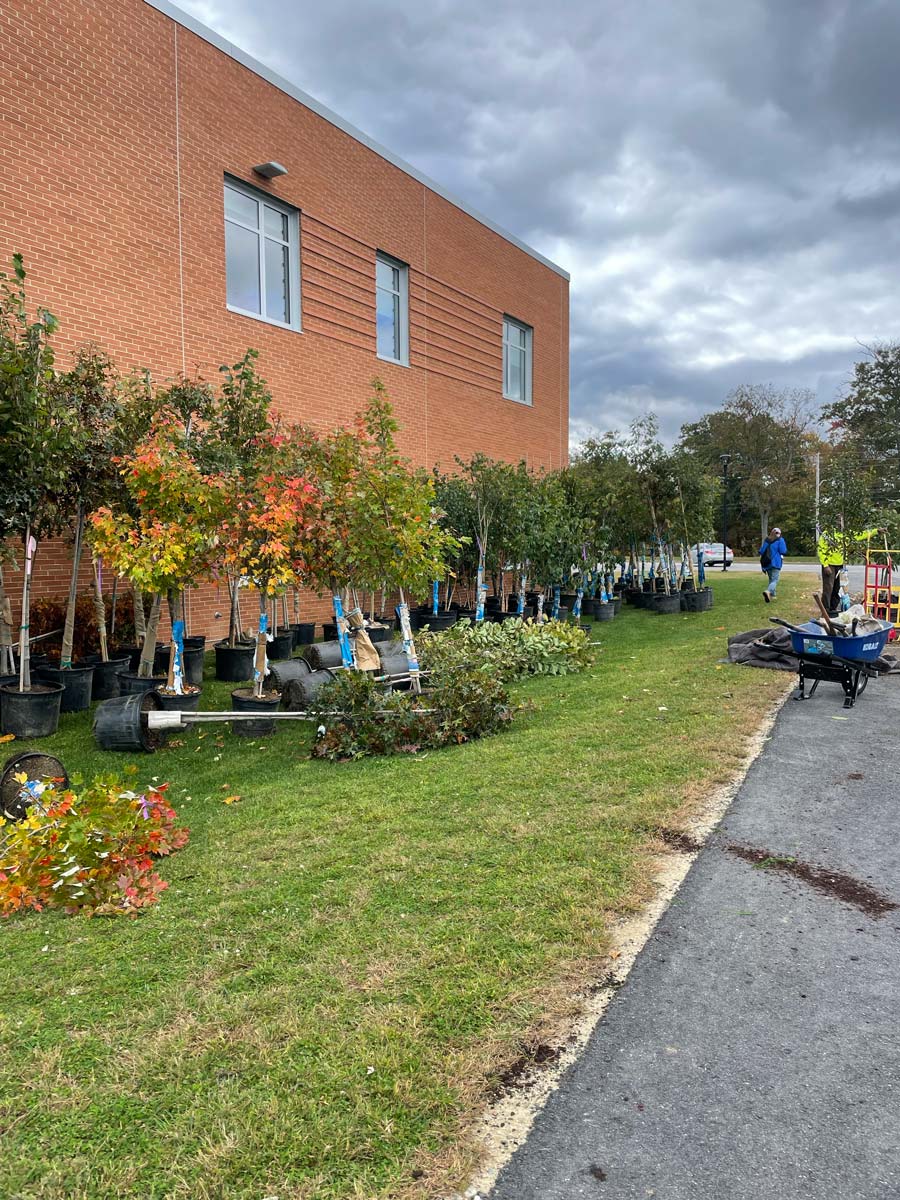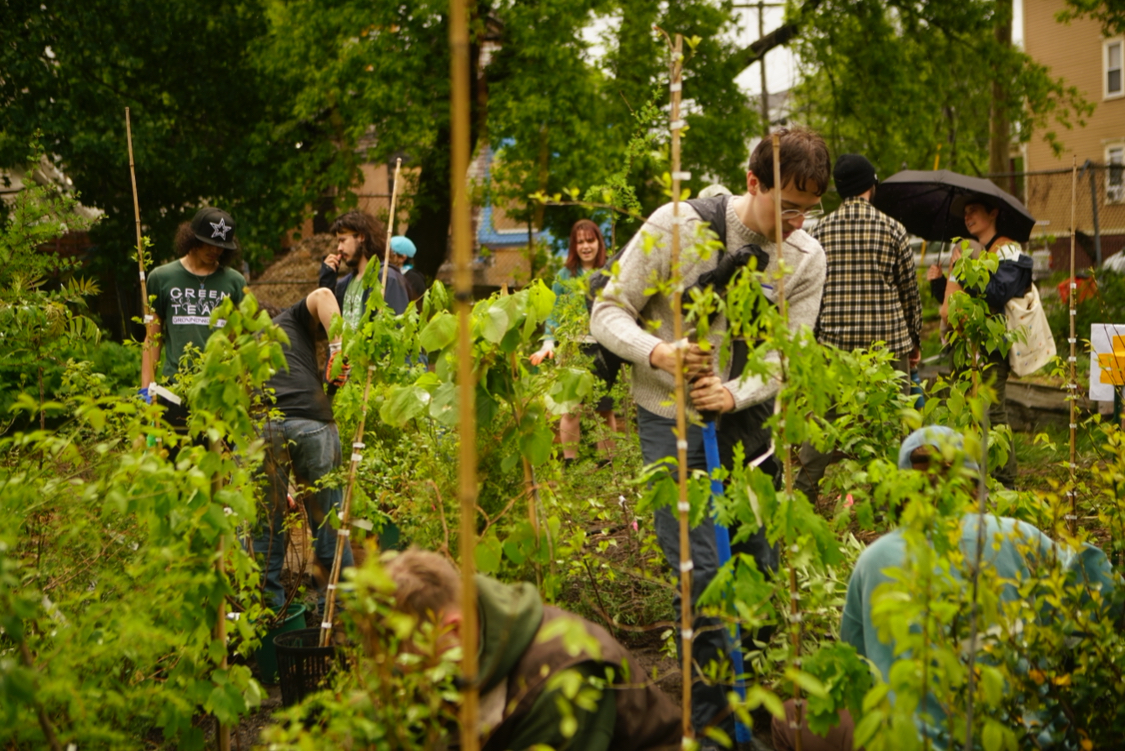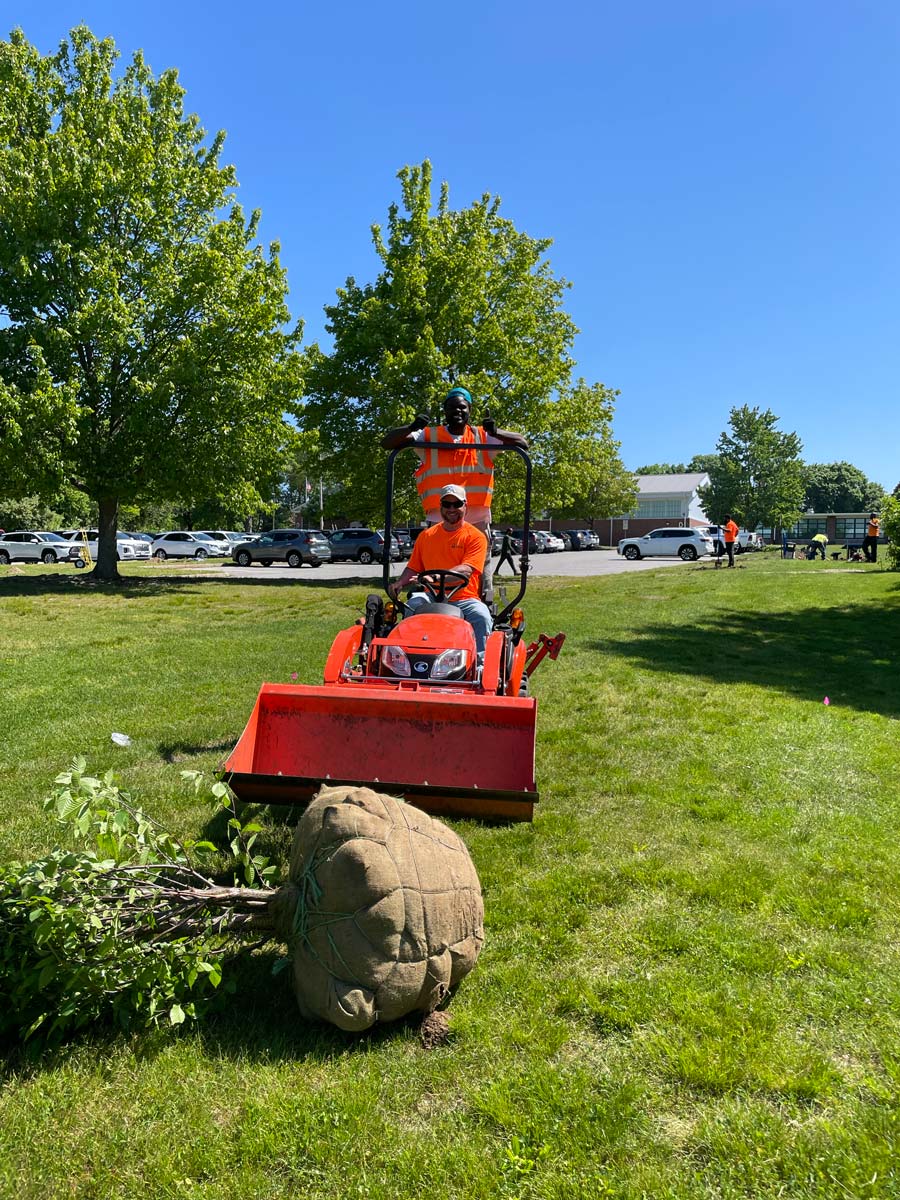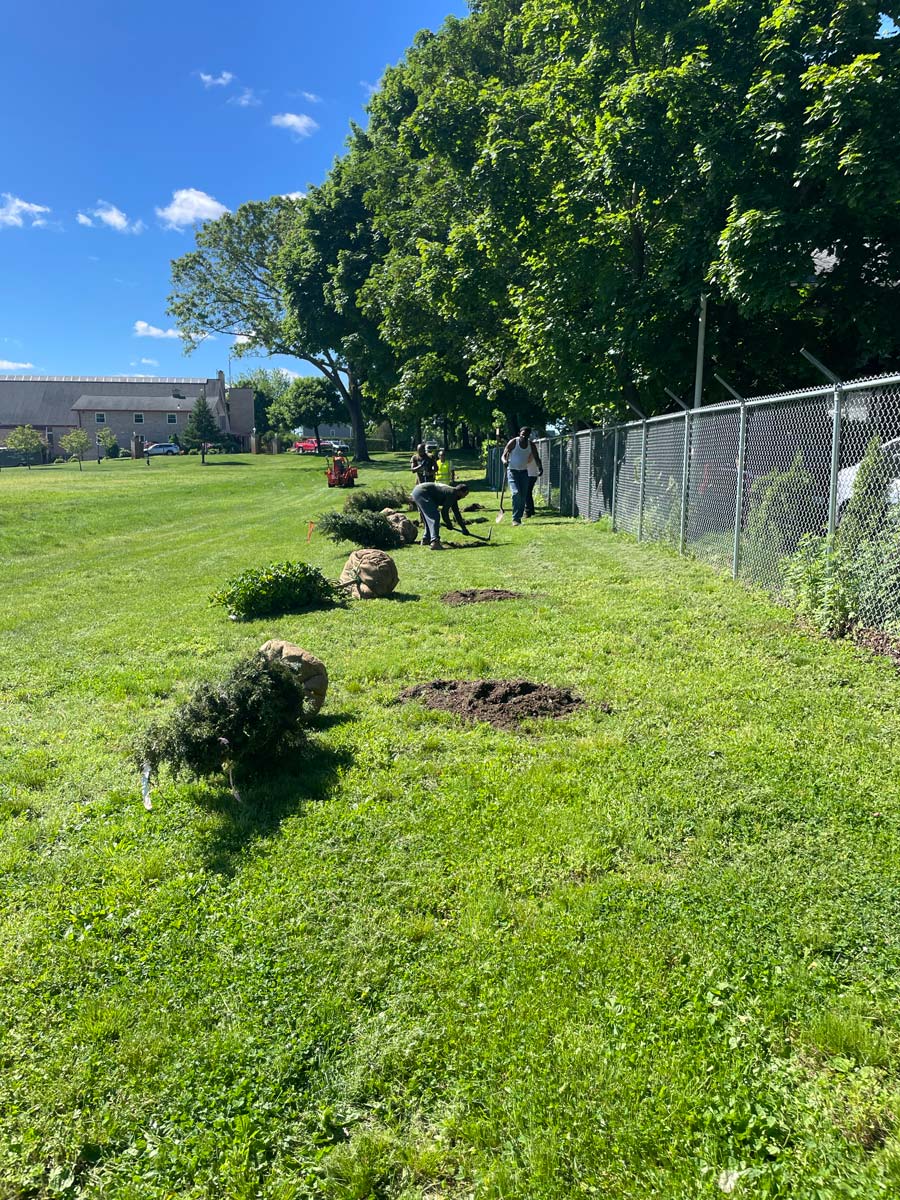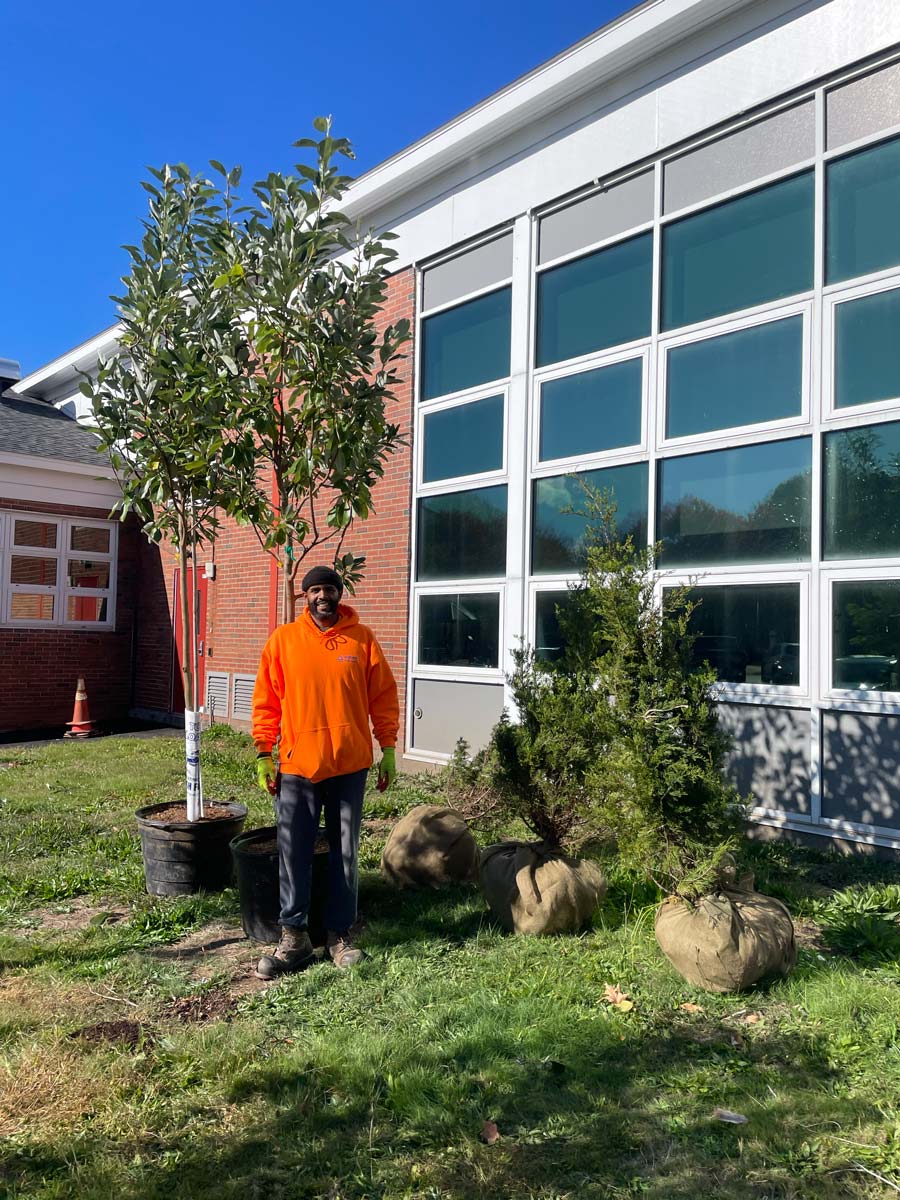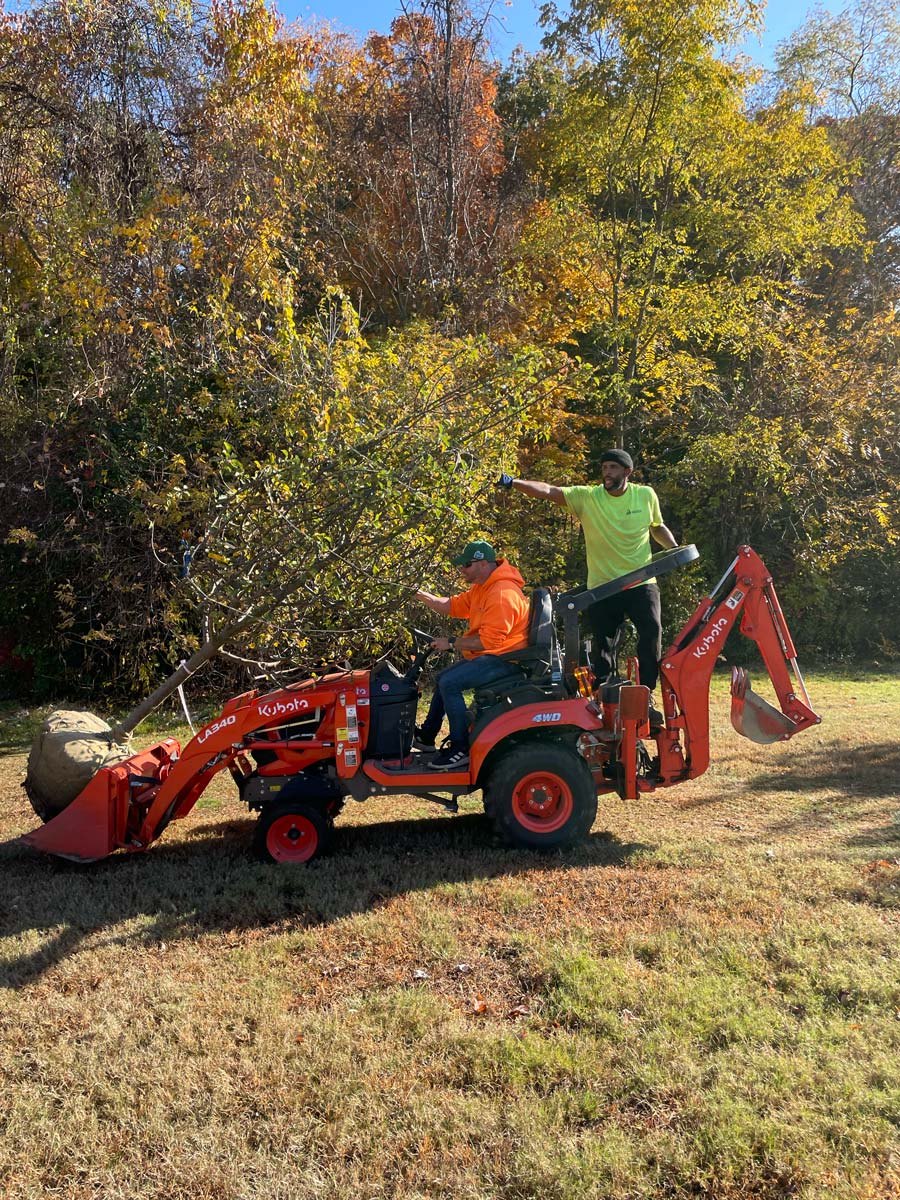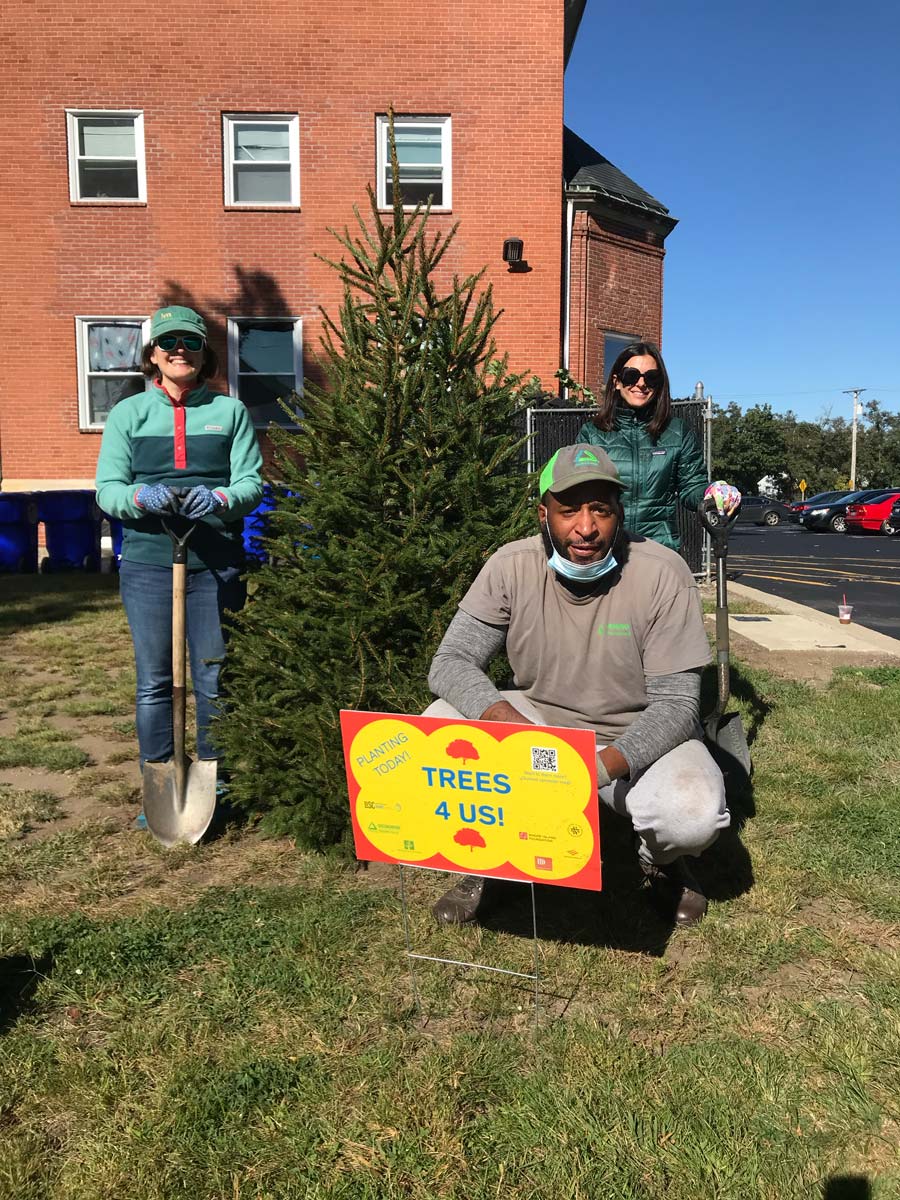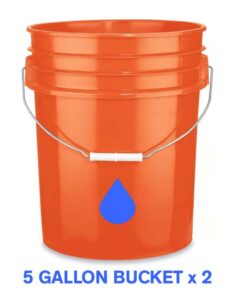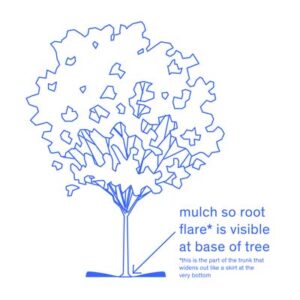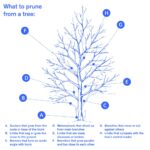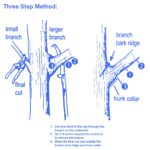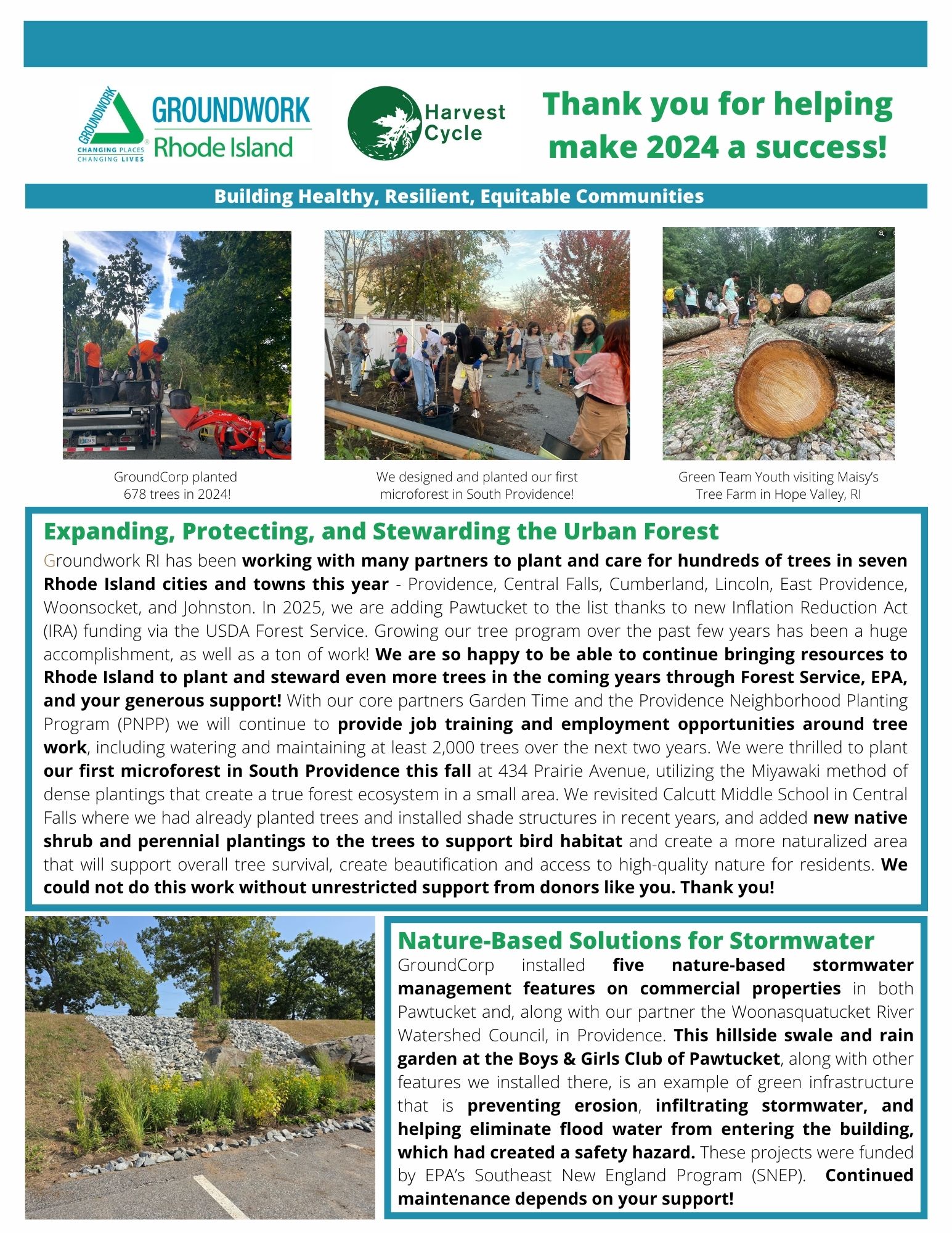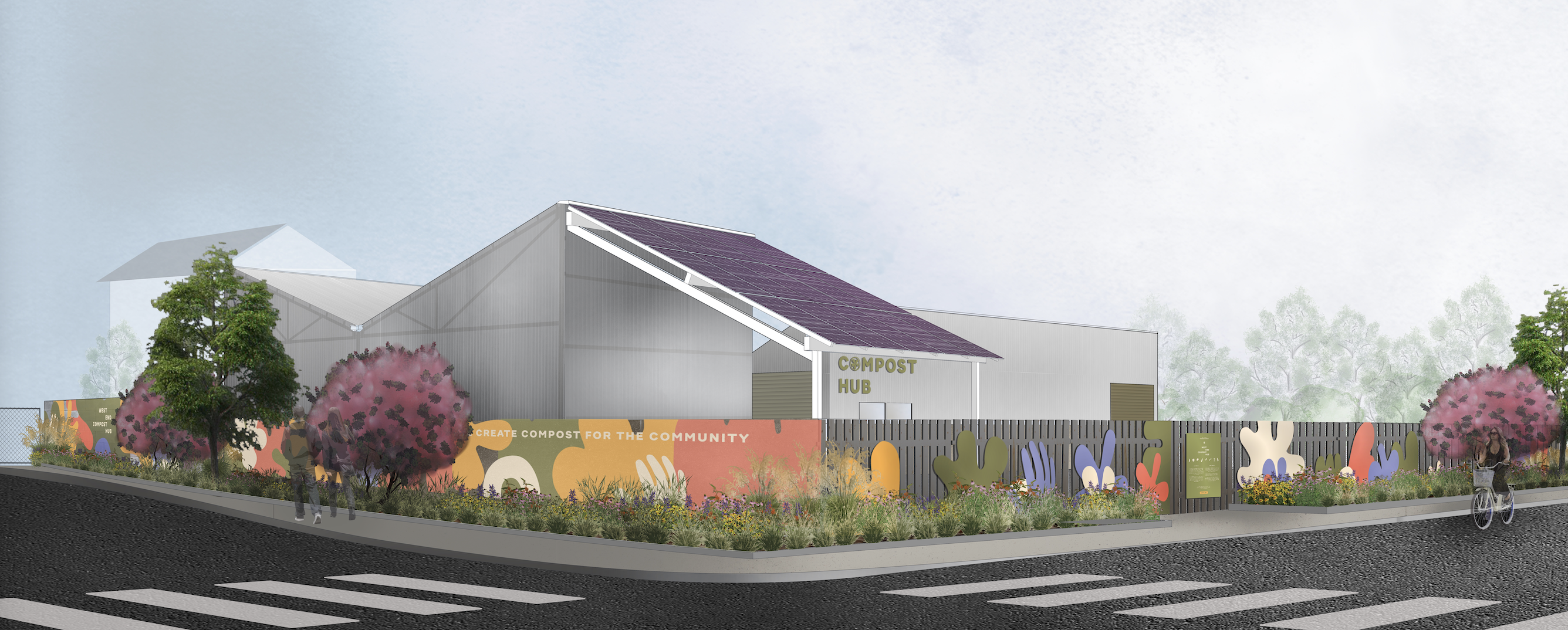Tree Planting
Tree Planting
Tree Planting Quick Links
Contact Us
Email: [email protected]
Phone: (401) 305-7174
Tree Planting
This is a collectively funded program of Groundwork Rhode Island, supported by our in-house landscaping venture, GroundCorp, to plant trees in low-canopy areas of Rhode Island.
How can I get a tree?
Fill out our application
- GWRI will determine property eligibility.*
- If eligible, staff will schedule an on-site visit.
Site visit
- GWRI will assist you in finding the best species for your property.
- GWRI will assist you in finding the best location for your tree.
- Property owner will sign a planting permission and watering commitment.
Check Utilities
- GWRI will mark and submit your planting location(s) to Dig Safe.
- GWRI will review Dig Safe markings.
- Changes to planting location will be made if needed.
Planting
GroundCorp will plant your tree(s) between the months of September and November for the fall planting season or April and June for the spring planting season.
Watering Care
Detailed care instructions will be given to you at the time of planting.
Satisfaction Survey
After your tree has been planted, you will be sent a quick satisfaction survey to complete and help us better our process! Those who complete the survey are eligible to win a $25 grocery gift card!
*Eligibility is based on grant restrictions which may vary year-to-year. Apply to see if you qualify!
Tree Species
To promote biodiversity and resilience in our urban forest, Groundwork Rhode Island sources and plants as many as 50 species per season. Nursery availability varies year to year and between the fall and spring planting seasons. Native species are prioritized because they do the heavy lifting to support habitat for our non-human neighbors. If you’re interested in learning more about gardening to create habitat, check out our planting guides for sites with wet soils or dry soils.
Here is a list of some of the most commonly available species we plant:
Small
• Eastern Redbud
• Serviceberry
• Hawthorn
• Pagoda Dogwood
• Sweetbay Magnolia
Medium
• Eastern Red Cedar
• American Holly
• Grey Birch
• Black Tupelo
• Red Maple
Large
• Tulip Tree
• American Elm
• White Pine
• Pin Oak
• Baldcypress
Funding
Most of our tree planting programs are funded by the USDA Forest Service and the Rhode Island Attorney General’s Office.
Currently, multiple USDA Forest Service grants collectively fund plantings in parts of Providence, Pawtucket, Central Falls, Cumberland, Lincoln, Woonsocket, and East Providence. USDA is an equal opportunity provider, employer, and lender.
The Rhode Island Attorney General’s Office funds our plantings in the Providence neighborhoods of South Providence and Washington Park, as well as parts of Johnston. This project was made possible from the resolution of legal actions taken by the Attorney General of the State of Rhode Island.
Tree Posters
After every planting season, a local artist is selected to create a beautiful poster that reminds new tree recipients of the benefits that their trees will provide the community. These posters are sent out following the planting season as a gift and reminder to care for your community by caring for your tree.
All posters are printed by the amazing MJ Sanqui at Binch Press. (IG: @binch.press)
Street Trees
Groundwork Rhode Island has planted hundreds of trees along streets in collaboration with the municipalities of Providence, Pawtucket, Central Falls and East Providence. If you are specifically interested in trees for your street, inquire by contacting us at [email protected].
Large Projects
Groundwork Rhode Island has collaborated with local municipalities, school districts, and housing authorities to plant large numbers of trees on public properties.
Highlights of large projects completed include: Lincoln High School, six Cumberland schools, two Lincoln Housing Authority sites, and a Pawtucket Housing Authority site.
Tree Maintenance
Frequently Asked Questions
- T.F. Morra Tree Care
https://www.tfmorra.com/
(401) 331-8527 - Hustle Tree Care
https://www.instagram.com/hustletreecare/ - J&D Tree Pros
401-359-2644 - Schwartz Tree Care
https://www.schwartztreecare.com/ - Rhode Island Tree Care
https://ritreecare.com/
(401) 203-3168 - JW Studley and Sons
https://www.jwstudleyandsons.net/
401-641-0212 - Garden Time’s Canopy Crew for watering and young tree stewardship
[email protected]
401-996-4922
For Providence Residents:
- Providence Neighborhood Planting Program (PNPP) works to plant free trees in the Providence area. Residents, business owners, or community members can apply as a group to receive free street trees in their neighborhood in exchange for helping to plant and take care of the young trees alongside their neighbors. Contact PNPP by email: [email protected] or call: (401) 484-7359
For Pawtucket Residents:
- Pawtucket Department of Public Works has a first come, first serve free tree application, available to qualifying residents. Their application can be found here: Pawtucket Free Tree Program
For East Providence Residents:
- The City of East Providence received its own USDA Inflation Reduction Act funding to plant city trees. Residents can contact the city for a tree in their sidewalk. If you’d like to get involved by volunteering or donating to the urban forestry initiative, check out E P Urban Forest
Other Options:
- Rhode Island Department of Environmental Management has an annual first come, first serve Tree Giveaway each spring (usually in April). Keep an eye out for updates here: RIDEM Tree Giveaway Application
- Rhode Island Tree Council is a great resource for any tree questions, and may know about any extra free trees, or guidance on where to get some trees. Contact RI Tree Council by email: [email protected] or call: (401)-764-5885
Our fall planting season is generally September through November and spring planting season is April through June.
We limit our residential tree plantings to 3 trees per household. For spaces with communal use like schools, libraries, and housing authorities, we plant in larger numbers depending on the available space.
The size of our trees vary by species and season. Generally we receive trees between 6-8ft and 1.5-2in caliper.
Great! We’d love your help, mainly with outreach, watering support, and maintenance. Send us an email at [email protected].


